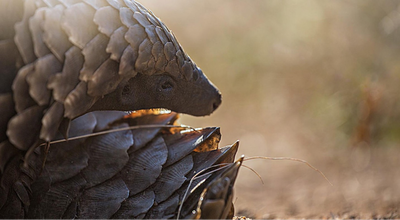Wildlife Conservationists Celebrate USAID’s Accomplishments in Reducing Demand for Wildlife Products in Southeast Asia
Today, USAID celebrated the official closeout of its Reducing Demand for Wildlife program—an 18-month U.S. government Asia-wide regional counter wildlife trafficking effort—that culminated with the Counter Wildlife Trafficking Regional Partner Coordination Meeting co-hosted by Thailand’s Department of National Parks, Wildlife and Plant Conservation (DNP), a key USAID partner and regional leader working to disrupt and end the illegal wildlife trade.
“Building on close to two decades and $50 million of USAID regional investment in counter wildlife trafficking in Asia, our USAID Reducing Demand for Wildlife project helped create an enabling environment to reduce demand for wildlife products through social and behavior change communication (SBCC) campaigns, and to reduce supply through the region’s enhanced wildlife laws and policies,” said USAID Regional Development Mission for Asia Mission Director Dr. Steven G. Olive. “The project collaborated with the region’s law enforcement agencies to institutionalize innovative tools that help them track cyber wildlife traffickers; arrest criminals; and develop strong cases so offenders can be prosecuted and sentenced to the full extent of the law.”
To reduce demand for wildlife products, USAID Reducing Demand for Wildlife developed five campaigns targeting current and potential consumers, with messages countering specific drivers, including gift giving, spiritual beliefs, and aesthetic appeal that underlie demand for ivory, tiger, rhino, and pangolin products. Implemented campaigns garnered over 24 million views, leveraged $1 million in in-kind support, and reduced the intention to buy wildlife products from 33 percent to 25 percent among the target audiences.
As a leader in science-based decision making, USAID Reducing Demand for Wildlife conducted five interrelated studies to address some of the significant knowledge gaps hampering efforts to tackle the illegal wildlife trade. The studies leveraged cross-sectoral efforts and provided direction for expanding participation of stakeholders in counter wildlife trafficking efforts, including civil society and local communities.
While the USAID Reducing Demand for Wildlife project is ending, USAID is committed to continuing its support towards countering wildlife trafficking in the region and will launch a new regional counter wildlife activity this year.


